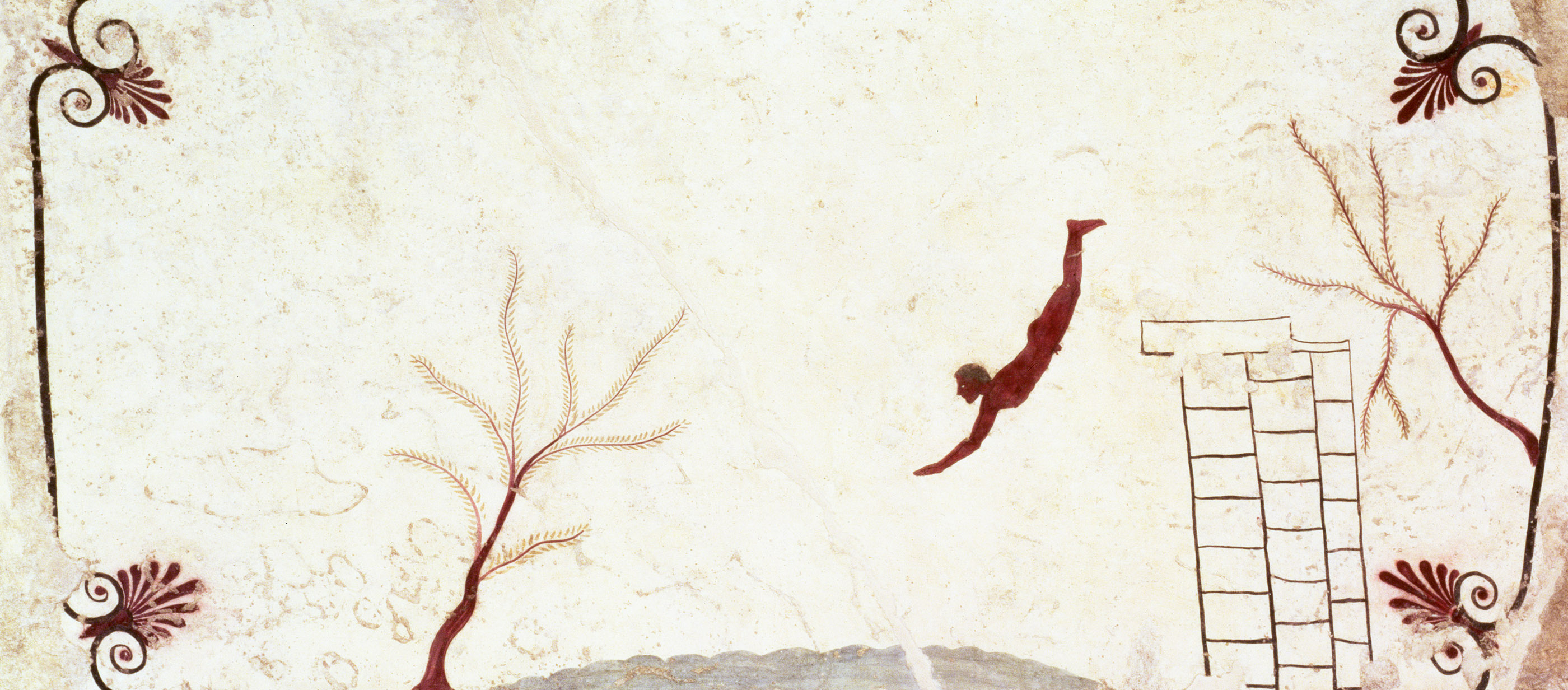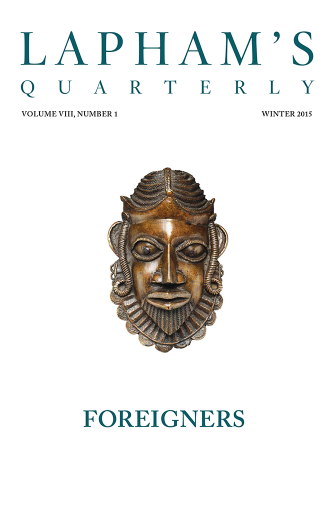I felt sure that the introduction of games would give the boys that sense of fair play and sportsmanship which they so much needed. The first obstacle to be overcome was the objection of the Brahman youths to touching leather. As the cricket ball has a leather cover, it had to be handled in such a manner that their hands did not come in contact with the unholy leather.
Fortunately, the boys in those days wore pherons, a long garment like a nightgown, with sleeves five feet in length, so that by keeping their hands up their sleeves they had the cloth of their garment between their hand and the untouchable cricket ball. When they had to stop or catch a ball, they spread out their garment over their knees or between their legs and thus stopped or caught the ball. So a game of cricket as played by the Christian Missionary Society schoolboys was a well-conducted comic opera from start to finish.
It took quite two years to persuade the Brahman teachers and boys that the gods would not be angry if they permitted the leather ball to touch their skins.
When I brought my bride to Kashmir in November, I brought also a leather soccer ball. When I held it up before the assembled school they asked, what is that?
T.-B.: It is a football.
Boys: What is the use of it?
T.-B.: For playing a game.
Boys: Shall we receive any money if we play that game?
T.-B.: No!
Boys: Then we will not play that game.
Boys: What is it made of?
T.-B.: Leather.
Boys: Take it away! Take it away!
T.-B.: Why should I take it away?
Boys: Because it is jutha [unholy]; we may not touch it, it is leather.
T.-B.: I do not wish you to handle it. I want you to kick it (it was a soccer ball) and today you are going to learn how to kick it, boys.
Boys: We will not play that jutha game.
So instead of the usual English lesson with the top class, where many of the boys had whiskers and beards and some were married and had children, I then described the game and, with the help of the blackboard, drew a map of a football ground, showing the position of the players, etc.
I then called the teachers, who were all Brahmans, and ordered them to go ahead to picket certain streets to prevent the boys running away before they reached the public common. When all was ready, I gave the orders to proceed to this common and shooed them on like sheep or cattle to market. It was a great sight never to be forgotten. All these so-called boys shuffling along the street wearing their wooden clogs, carrying their fire pots under their flowing pherons on their way to play football. Some were wearing huge gold earrings; some had nose rings, and all of them wore their caste marks.

Fresco from the Tomb of the Diver, southern Italy, c. 475 BC. National Archaeological Museum of Paestum, Capaccio, Italy.
I soon had the goalposts up and the teams in their proper places, as I had shown on the blackboard.
There was a crowd of townsfolk which was growing every minute, all eager to see what new mischief this foolish young sahib was up to now. When everyone was in his proper place, I put the football in the center of the ground and ordered the center forward, a boy with a nice black beard, to kick off.
The black-bearded Brahman looked at me, then at the crowd of his fellow co-religionists standing around, and then hung his head, remaining motionless. I again gave the order—“Kick!”—but still nothing happened. So I said, “I will give you five minutes to think, and then something will happen which you will not like.” What was going to happen I had not the slightest idea, but fortunately I had armed my teachers with single sticks in order to drive the boys to the common. So I lined up the teachers at the goals and told them that when they heard me shout out “kick,” should the order not be obeyed immediately, they were at once to rush from the goals at the teams waving their single sticks, and shouting blue murder for all they were worth.
As the five minutes was reduced to the last ten seconds, I called out, “10 seconds left, 9, 8, 7, 6, 5, 4, 3, 2, 1. Kick!!!” and down came the teachers shouting and waving their single sticks. Off went that ball and in five seconds all was confusion, for the boys forgot their places on the field, or that they were holy Brahmans, and a rough and tumble began. As they tried to kick the ball, but generally missed it, their clogs flew into the air and their puggarees were knocked off while their nightgowns flapped in one another’s faces, a real grand mix-up of clothes and humanity.
Then all of a sudden there were sounds of agony and horror and the game stopped. A boy was brought to me sobbing, with his horror-stricken friends around him, for this Brahman boy had had the unholy leather kicked bang into his face. What was he, or they, to do? A truly terrible predicament, what could the gods be thinking about it all? I told them to take him to the canal close by and wash him. Away went the crowd with the defiled boy, and for the moment there was peace. Back came the washed boy and the rest of the players, all of whom to my surprise at once resumed the game and continued until I called time. Then all the sightseers and teams went off to their houses to give their various accounts of this first game of football played by Brahmans in Kashmir.
But, and a big but, when the black-bearded boy reached his home, the news of his wickedness had reached his parents before his arrival. He was not allowed to enter his home and so defile their house. For three months he was not permitted to enter his own home, but some relation, less bigoted, took pity on him and gave him a home.
From Tyndale-Biscoe of Kashmir. A strong arm in the Muscular Christianity movement in South Asia, the British headmaster dedicated fifty years of his life to “character building” in Kashmir, where local Brahmans had traditionally associated brawn with peasantry. He finally watched a successfully played soccer match in 1922, after thirty years of instruction.
Back to Issue


